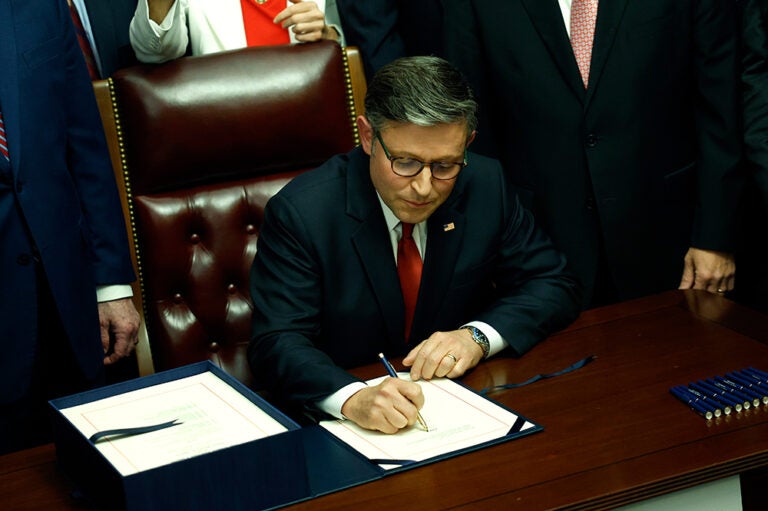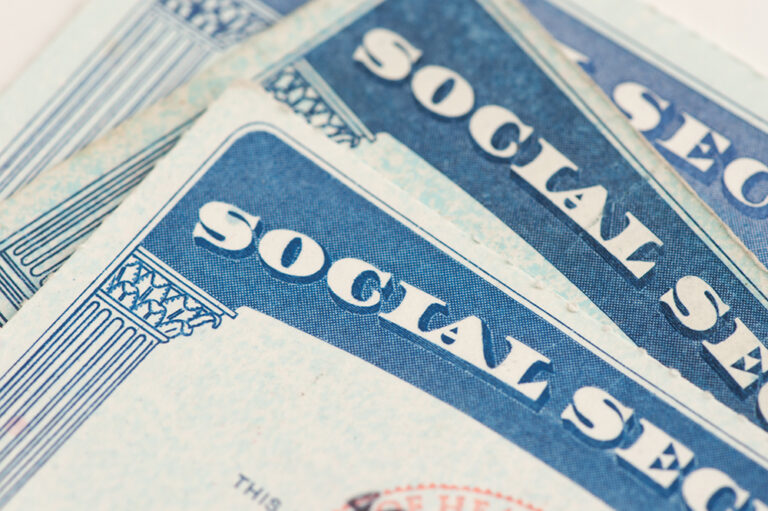Almost all of a taxpayer’s income is subject to individual income taxes: from wages and salaries to capital gains and rents, even Olympic medals. However, lawmakers have created special exclusions, deductions, and rates that apply to some sources of income, reducing taxpayers’ tax liability. In the recently passed One Big Beautiful Bill Act (OBBBA), lawmakers created a new tax break that allows taxpayers to deduct tips from taxable income. Here’s how this new, temporary deduction will affect federal revenues, budget deficits, and tax equity.
Who Will Be Affected by No Tax on Tips
Under prior law, all tips were subject to taxation. Under the OBBBA, workers receiving tips may now deduct up to $25,000 annually of their tipped wages from their taxable income. The deduction phases out for individual filers with income above $150,000 and joint filers with income above $300,000. According to the Budget Lab at Yale, the median tipped worker earns approximately one-fifth of their earnings from tips. The examples below show tax deduction scenarios for taxpayers with two different income structures: one where 20 percent of income comes from tips and another where 100 percent of income comes from tips.
The provision creating the tip deduction is limited to "occupations that customarily and regularly received tips on or before December 31, 2024." This restriction excludes professions without a historical tipping practice from qualifying for the deduction. The U.S. Department of the Treasury has released guidelines identifying 68 qualifying professions.
According to the U.S. Census Bureau, tipped workers only accounted for approximately 1.7 percent of the national workforce in 2024. However, the concentration of tipped workers varies by state. Nebraska (0.9 percent) and Maryland (1.0 percent) had the lowest concentration of tipped workers. Nevada (3.7 percent) and Hawaii (3.4 percent) had the largest concentration of tipped workers. All told, no tax on tips will apply to approximately 3 million taxpayers.
No Taxes on Tips Will Reduce Federal Revenues and Increase Deficits
The Congressional Budget Office estimates that the deduction will reduce revenues by $32 billion over the 2025 to 2034 budget period. That cost occurs exclusively over the next four years, as the deduction is currently set to expire in 2028. If lawmakers choose to make the tips deduction permanent, its cost would more than double to $84 billion over 10 years.
No Taxes on Tips Reduces Horizontal Tax Equity
Tax fairness is judged based on both vertical equity (taxpayers with different incomes should be treated differently) and horizontal equity (taxpayers with similar income should be treated similarly ). The no tax on tips deduction reduces horizontal equity. In the example below, a tipped worker pays far fewer federal income taxes than a nontipped worker with the same pre-tax income.
High-Income Taxpayers Would Receive a Larger Tax Cut from No Taxes on Tips
According to an analysis from the Budget Lab at Yale, most of the tax benefits from the No Tax on Tips provision will go to middle- and upper-income taxpayers, while providing minimal relief to those with the lowest incomes. The policy would primarily benefit the top 60% of all taxpayers, with earners in the third and fourth quintiles receiving the most substantial per-household benefits. The top three quintiles will enjoy average tax cuts of $40 and $45 per tax return in 2026.
In contrast, the bottom 40% of earners will see virtually no tax benefit, with the first and second quintiles receiving just $0 and $10 in 2026 tax savings on average, respectively. That is because many low-income tipped workers already pay little to no federal income tax since their total earnings are below the zero-tax bracket (which is equal to the standard deduction, $15,750 in 2025). Approximately one-third of tipped workers have incomes in the zero bracket, more than double the share of nontipped workers with similar incomes.
High-income households will see larger savings — $40 per tax return on average — though those tax savings represent a smaller percentage of after-tax income (0.02 percent) compared to middle-income quintiles (0.04–0.08 percent). Additionally, workers in high-income professional roles typically do not receive tip-based compensation, therefore getting no benefit from the policy.
No Taxes on Tips Could Have Negative Implications for Tipped Workers
Excluding tips from federal taxes could actually have negative financial consequences for many workers. Federal law defines a tipped employee as a worker that regularly receives more than $30 per month in tips. The federal minimum wage for such employees is only $2.13 per hour, provided that tips make up the difference between the tipped minimum wage and the regular minimum wage ($7.25 per hour).
No taxes on tips could reduce the federal benefits that low-income tipped workers currently receive. Certain tax benefits like the earned income tax credit and the child tax credit are based on a taxpayer’s earned income, meaning that the exclusion of tips from income taxes could lower tax credits based on earned income for some tipped workers and, therefore, their effective after-tax income.
Conclusion
Limiting taxes on tips reduces revenues and worsens an already unsustainable fiscal outlook, while doing little to help low-income tipped workers. Looking broadly over the tax code and federal budget, there are many other tax policy options that can promote tax fairness and certainty, while supporting economic growth and a stronger fiscal foundation.
Further Reading
How Did the One Big Beautiful Bill Act Change Tax Policy?
See how OBBBA restructured the tax landscape across four major areas: individual tax provisions, business tax provisions, energy tax credits, and health-related tax changes.
Should We Eliminate the Social Security Tax Cap?
There have been a number of proposals to increase, eliminate, or otherwise adjust the payroll tax cap as a way to shore up Social Security’s finances.
Three Reasons Why Assuming Sustained 3% Growth is a Budget Gimmick
GDP growth of 3 percent is significantly higher than independent, nonpartisan estimates and historically difficult to achieve.


